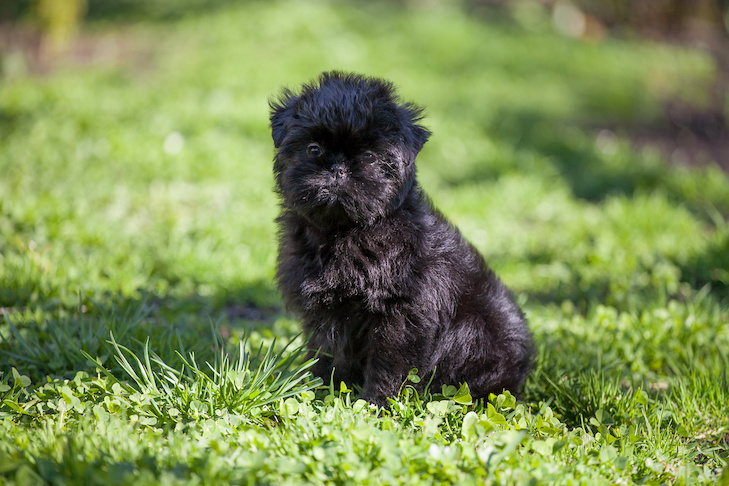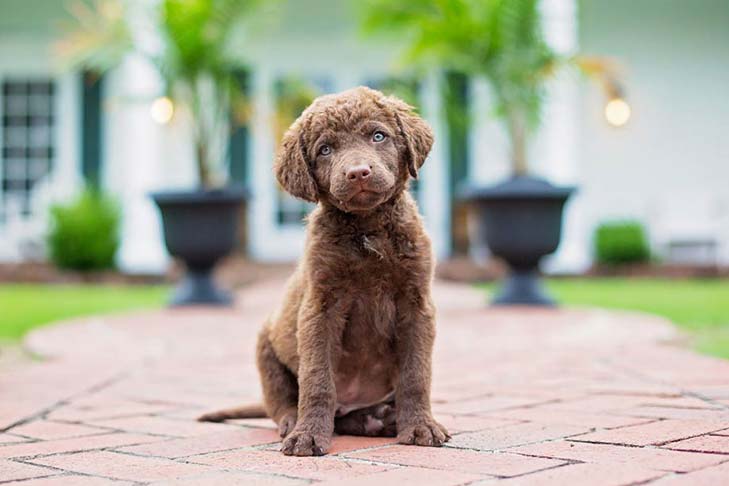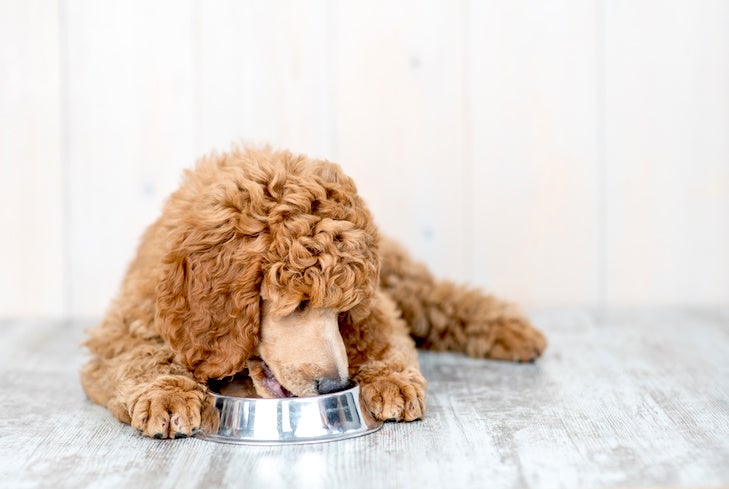
You’re getting a new puppy! This is an exciting time, and it’s easy to daydream about all the fun things you’ll do with a dog in your life.
There’s a lot you can do in preparation to make sure that your puppy’s introduction into the household goes smoothly. It starts by creating some house rules before your puppy even comes home.
Why Do You Need Puppy House Rules?
Dogs have their own natural behaviors, not all of which will be acceptable in their new household, and some behaviors could even be dangerous, destructive, or unhealthy. By creating a set of house rules, you’ll be letting your puppy know, right from the beginning, what is and is not acceptable.
This is all new for the puppy. They have to adjust to new owners and a new environment. If everyone in the family is consistent with rules, it will help the dog learn exactly what you expect of them, and what they can expect of you. The best way to do this is by creating house rules for your puppy ahead of time.
How Do I Create House Rules?
All family members should sit down and figure out the house rules together. Just as when you define expectations for your kids, consistency is key, and if the whole family agrees on the rules, it’s more likely they’ll stick to them.
Then you’ll need to decide which are the most essential rules. Obviously a 20-page manifesto of what your dog can and cannot do will be confusing for everyone, including the puppy. And it’ll make it much harder to stay consistent. So, what’s important to you?

Some Rules to Consider
1. Where will you allow the puppy to go in the house? Some people are comfortable with puppies having free range from the beginning. Others establish certain areas of the house as no-dog zones, such as the kitchen or a baby’s room. You may want the puppy to stay on one floor only. For many families, it’s easiest to keep the puppy to a small area of the house during house-training.
2. Will you let the dog on the furniture? Whatever you decide is OK for a tiny, adorable puppy may not be quite so great for a full-grown dog. It’s important to decide from the beginning what the rule is. You can teach them to stay off furniture completely, or you can train them to stay off the furniture unless you give a specific command. Or, you may decide they are allowed to get on one specific piece of furniture, but not on others. And for some people, furniture is a perfectly acceptable place for the dog to hang out. Whatever your preference, make this rule before your puppy comes home.
3. Who in the family is responsible for what? It’s easy enough before the puppy comes home for family members to say they’ll always feed the dog or always take the dog out, but the reality is quite a different matter. Decide now, before the puppy becomes part of the family, what each person’s responsibility is.
4. Decide on a morning routine. It can be hard enough coordinating schedules in the morning, especially in large families. Decide early on when your puppy will go out and be fed.
5. The same goes for an evening routine. Who feeds the dog and when? Do they get a long, leisurely after-dinner stroll or a quick trip outside to take care of business? Do they have a set bedtime or just go to sleep when they feel like it?
6. Where will the puppy sleep? Will they be crated downstairs, away from the bedrooms? Will they be crated in someone’s room? Will they sleep on a dog bed in the hall? Will they sleep wherever they want? Even cuddled up next to you in bed? Many owners choose to crate the puppy at night, especially until they’re house-trained.
7. Are you going to allow your dog to get treats from the dinner table and get table scraps? Allowing your puppy to do this even once can set up expectations, and they may hang around the table begging at every meal. Aside from the fact that human food may not be suitable for dogs, this habit can get annoying quickly. Decide what the family rule is before the puppy comes home.
8. What commands will you use for basic obedience, like sit, stay, and come? Make sure to establish basic commands and/or signals that everyone in the household will use consistently.
9. Should you let your puppy jump on people? As cute as a tiny puppy is when he greets you ecstatically, is this a behavior you want to encourage? In most cases, probably not. There’s nothing cute about almost getting bowled over by a 75-pound German Shepherd Dog. If you want to teach your dog not to jump, start as soon hey come home.
Once you’ve decided on the rules, post them in a visible place, like on the refrigerator, as a daily reminder to everyone of what their responsibilities are.

House Rules for Humans
House rules for your puppy aren’t the only rules that need to be set. Family members, especially children, must also be clear on safety and acceptable behavior.
- Children must learn how to handle a puppy. As adorable as they are, puppies aren’t new plush toys or playthings. Teach the kids not to pull the dog’s ears or tail or otherwise treat them like an inanimate object.
- Let the puppy eat in peace. Disturbing a dog when they’re eating can lead to anxiety and even food aggression.
- Do not hit the dog or yell at them. They don’t understand what’s they have done wrong, it teaches them nothing, and will cause trust issues.
- Puppies are natural chewers and will probably go after anything left on the floor; they don’t know it’s your favorite shoe or new iPhone. For their safety (and your own sanity), pick it up and put it out of reach.
Bringing a new puppy into the home is a real game-changer: the depth of your feelings for him and the joy he adds to your life may surprise you. You can facilitate a happy homecoming and an easier adjustment if you create and stick to some basic house rules from the very beginning. Your relationship with your dog will thrive on sensible, consistent guidelines.
Don’t miss crucial information when it comes to raising your puppy. Get personalized training, nutritional, veterinary, and everyday advice sent straight to your inbox. Subscribe to Pupdate, a weekly email newsletter with customized content based on your puppy’s breed and age.


